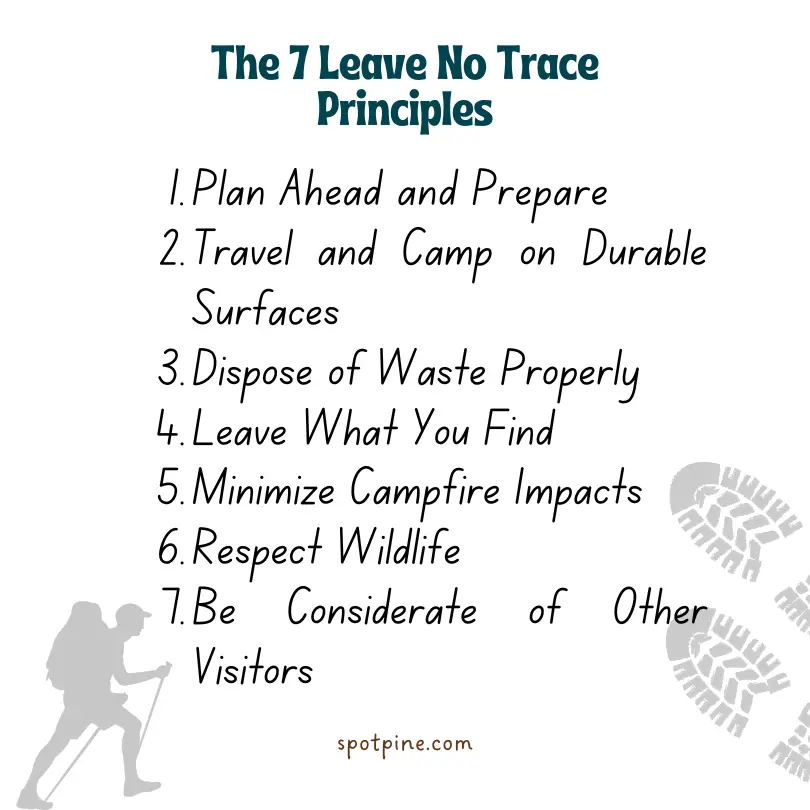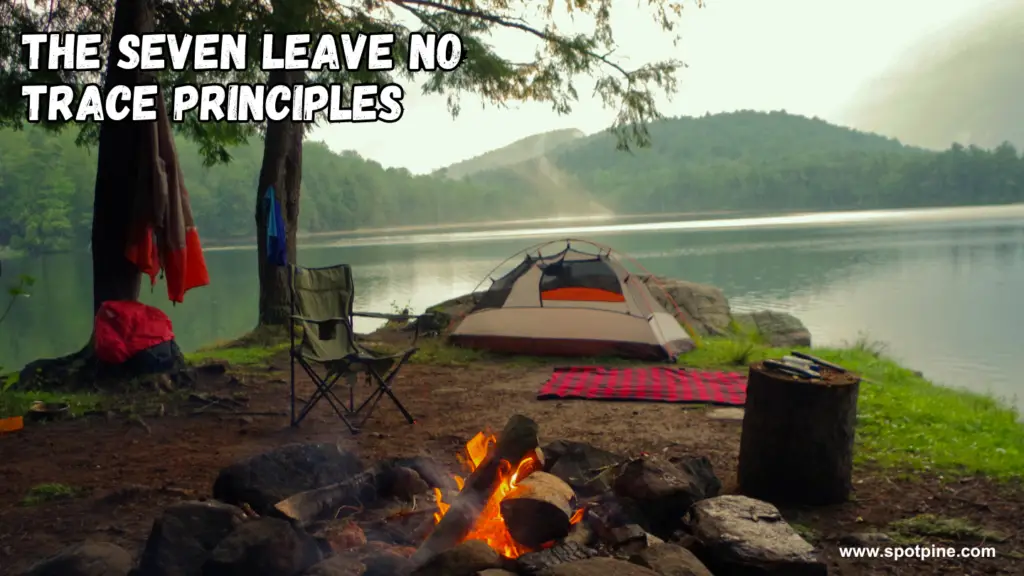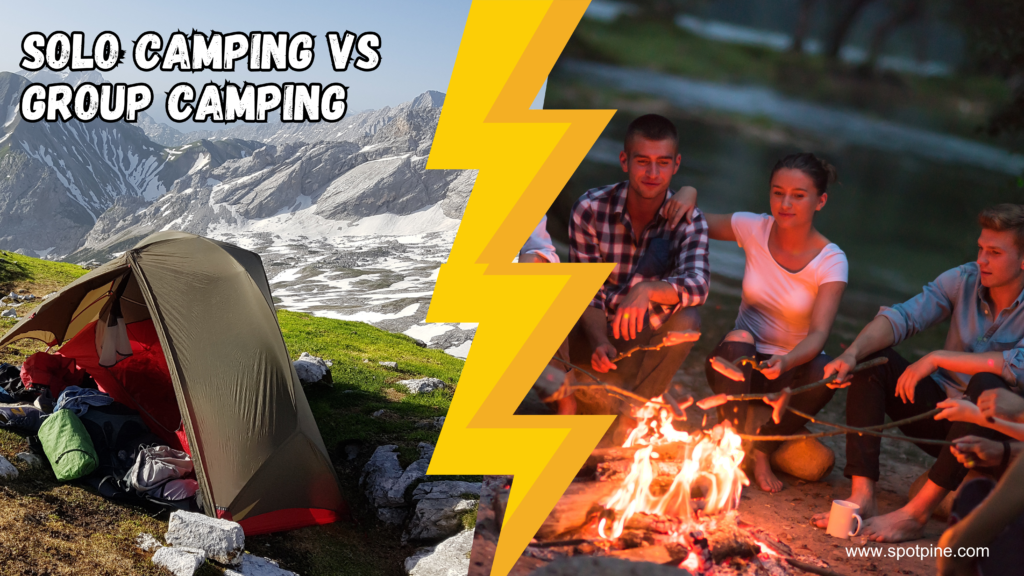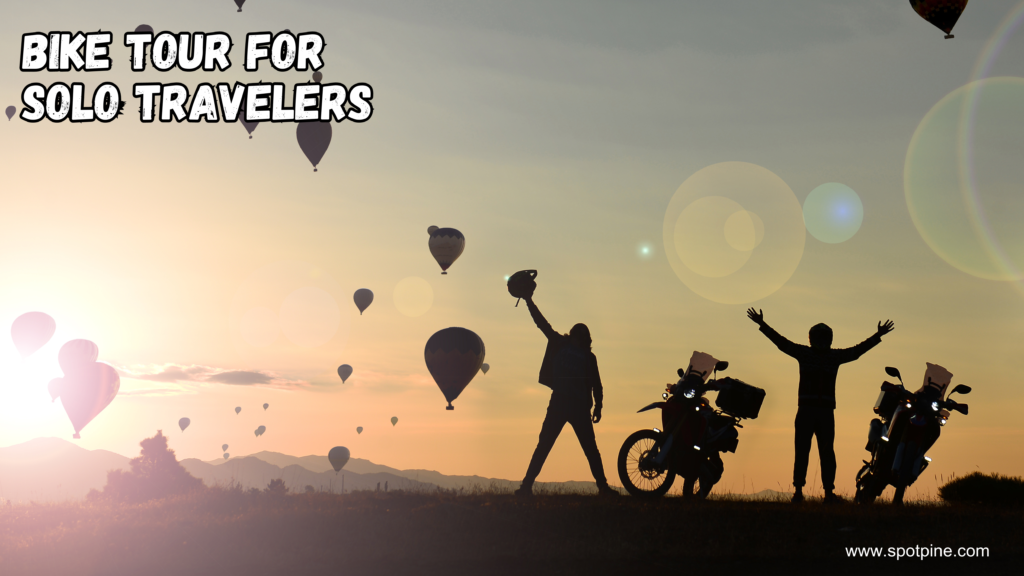When embarking on a solo camping adventure, it is important to practice the principles of Leave No Trace. These principles help us minimize our impact on the environment, ensuring that future campers can enjoy the same natural beauty that we do. In this article, we will explore the seven Leave No Trace principles and how they can be applied to solo camping trips.

1. Plan Ahead and Prepare
Before heading out on your solo camping trip, it is crucial to plan ahead and be prepared. This includes researching the area you will be camping in, understanding any regulations or special concerns, and packing all necessary equipment and supplies. By being well-prepared, you can minimize your impact on the environment and ensure a safe and enjoyable camping experience.
2. Travel and Camp on Durable Surfaces
When setting up your campsite, it is important to choose a durable surface such as established campsites or hardened trails. By camping in these designated areas, you can prevent unnecessary damage to sensitive ecosystems. Additionally, make sure to walk single file on trails to avoid widening the path.
3. Dispose of Waste Properly
One of the most important principles of Leave No Trace is proper waste disposal. Make sure to bring along garbage bags and pack out all your trash. Avoid burying or burning waste, as it can harm the environment and wildlife. This includes human waste as well – always use designated toilets or dig a proper cathole and cover it up afterwards.
4. Leave What You Find
When exploring nature during your solo camping trip, avoid removing or damaging any natural objects or artifacts. Leave rocks, plants, and natural features as you found them, so that others can enjoy the same experience. By leaving everything untouched, you are preserving the integrity of the ecosystem.
5. Minimize Campfire Impacts
If you choose to have a campfire, it is important to follow best practices. Bring your own firewood from home or purchase it locally to avoid introducing invasive species. Use established fire rings or pits to prevent damage to the ground. Always fully extinguish the fire before leaving the campsite.
6. Respect Wildlife
When camping solo, it is crucial to respect wildlife and their habitats. Observe animals from a distance and never feed or approach them. Keep your food stored securely to avoid attracting wildlife to your campsite. By maintaining a safe distance and respecting their space, you can minimize the impact on their natural behavior.
7. Be Considerate of Other Visitors
When camping in popular areas, it is important to be considerate of other visitors. Keep noise levels to a minimum, especially during quiet hours. Respect the privacy and space of other campers and hikers. By practising good etiquette and being mindful of others, we can all enjoy the outdoors harmoniously.
FAQs:
Is It Essential To Learn The 7 Principles Of Leave No Trace?
Learning the 7 principles of Leave No Trace is essential for sustainable outdoor practices. By adhering to these guidelines, you minimize environmental impact during your outdoor adventures.
What Is Principle 3 In Leave No Trace?
Principle 3 in Leave No Trace is “Dispose of Waste Properly” to minimize negative environmental impacts. It involves packing out all trash to protect the natural environment.
What Is The 5th Principle Of Leave No Trace?
The 5th principle of Leave No Trace is “Minimize Campfire Impacts,” emphasizing safe and responsible campfire practices. This includes using established fire rings and bringing your own firewood to reduce impact on the environment.
Why Camp 200 Feet From Water?
Camp 200 feet from the water to protect water sources from pollution and preserve natural habitats.
Conclusion
Solo camping can be a rewarding and introspective experience. By adhering to the Leave No Trace principles, we can ensure that our presence in nature is sustainable and does not harm the environment. Plan ahead, dispose of waste properly, and leave nature as you found it. By doing so, we can all contribute to the preservation of our natural world for future generations.




Pingback: How to Master Navigation While Hiking: Expert Tips